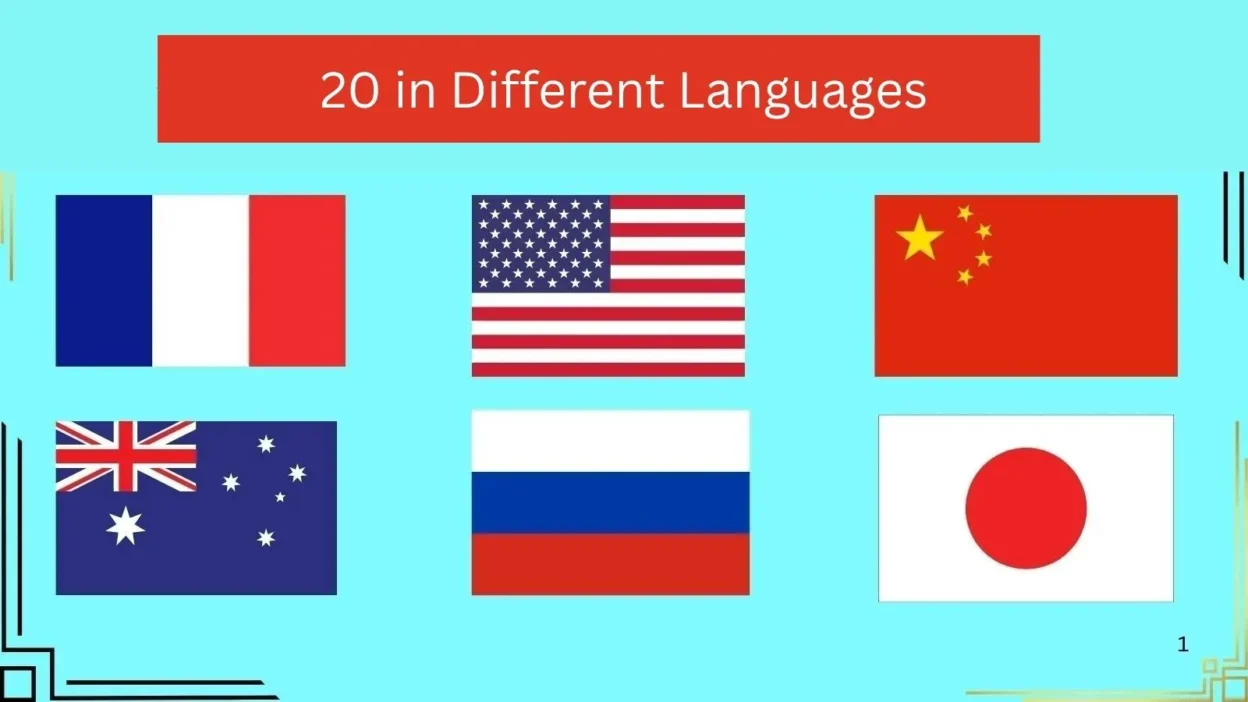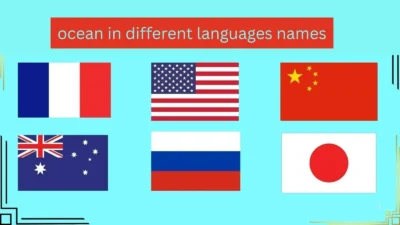Numbers are one of the first things we learn when studying a new language. If you are searching for “20 in different languages”, you are probably a student, a traveler, or simply someone curious about how different cultures express numbers.
Understanding how to say 20 in multiple languages can help you while traveling, learning math terms abroad, or even while appreciating cultural diversity. This guide will give you a complete list of translations, explain their meaning, and show how you can use them naturally in conversations.
Why People Search for “20 in Different Languages”
When someone looks for this phrase, their intention is usually one of the following:
- Language learning: To memorize numbers in foreign languages for study or exams.
- Travel purposes: To understand prices, quantities, or directions in another country.
- Cultural curiosity: To see how different societies represent and pronounce the same number.
This article will solve your problem by providing an easy-to-read list of translations and simple usage examples.
Translations of 20 in Different Languages
Here is how you say 20 across popular world languages:
- Spanish: veinte
- French: vingt
- German: zwanzig
- Italian: venti
- Portuguese: vinte
- Russian: двадцать (dvadtsat’)
- Chinese (Mandarin): 二十 (èr shí)
- Japanese: 二十 (にじゅう, nijū)
- Korean: 스물 (seumul)
- Arabic: عشرون (ʿishrūn)
- Hindi: बीस (bees)
- Greek: είκοσι (eíkosi)
- Turkish: yirmi
- Dutch: twintig
- Polish: dwadzieścia
- Swedish: tjugo
- Finnish: kaksikymmentä
- Hebrew: עשרים (esrim)
- Urdu: بیس (bees)
- Swahili: ishirini
How to Use “20” in Daily Conversations
Knowing how to say 20 in another language is helpful in many everyday situations:
- Shopping: “This shirt costs 20 euros.”
- Age: “I am 20 years old.”
- Counting: “There are 20 students in the classroom.”
By learning these translations, you can confidently use numbers while speaking to locals abroad or practicing with native speakers.
Conclusion
The number 20 might look simple, but it is expressed differently in every culture and language. By learning these variations, you are not only improving your vocabulary but also connecting with people worldwide in a meaningful way. Whether you are a traveler, student, or language enthusiast, this guide gives you the exact words you need to use 20 in different languages.



